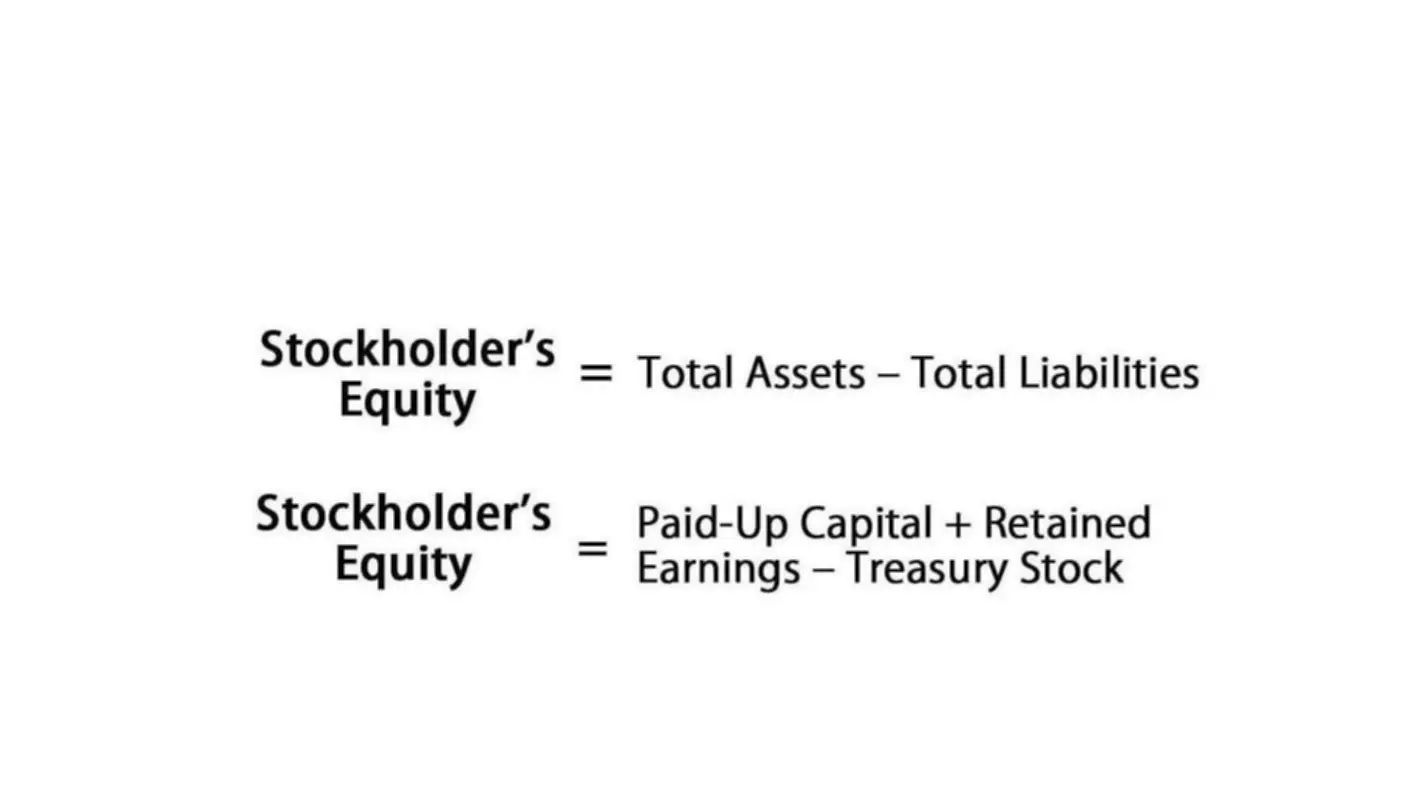Content

The status quo in this instance is the current state of the project. That means your project will give you an annual growth rate of 30%. You could also compare hours spent, stock quantities, or anything else that makes sense to your business and will enable you to do an effective CBA. That doesn’t mean you need to assign a monetary value to them, but that does make it a lot easier. It just needs to be something that lets you compare apples to apples.

California’s Department of Resources Recycling and Recovery’s mission is to help state residents achieve the highest waste reduction, recycling and reuse goals in the U.S. The following is an excerpt from a cost benefit analysis performed in 1997 to compare the costs of Cardiovascular Group’s solid waste reduction program to its economic benefits. Organizations rely on cost benefit analysis to support decision making because it provides an agnostic, evidence-based view of the issue being evaluated—without the influences of opinion, politics, or bias. By providing an unclouded view of the consequences of a decision, cost benefit analysis is an invaluable tool in developing business strategy, evaluating a new hire, or making resource allocation or purchase decisions. Net present value is just a fancy way of describing the difference between costs and benefits as they occur over a period of time. NPV is used in loads of financial models when a company wants to assess whether an investment is going to pay off over time.
Annex 2: Labor Income Benefits
This is because we do not necessarily know the set of all possible alternative projects that our scarce resources could be used for. Following this, we can conclude that CBA is a useful tool for identifying relative allocative efficiency but cannot be used to identify Pareto efficiency. However, this does not mean that CBA is not useful – we can use CBA techniques to identify relative efficiencies between alternative policies or projects. Consequently, cost-benefit analysis follows a structured decision process – if the social benefits are higher than the social costs then you should accept or undertake the project you are evaluating.
- If geographically dispersed stakeholders or groups will be affected by the decision being analyzed, make sure to build that into the framework upfront, to avoid surprises down the road.
- CBA provides a framework for evaluating these implications to ensure an efficient allocation of public sector resources.
- 30 MCC has historically considered beneficiaries of projects to be residents of the partner country who experience higher real long-term income as a result of the project.
- 5 To operationalize this objective, MCC collaborates with host country representatives to conduct a Constraints Analysis and a Root Cause Analysis.
- What is typical of cost-benefit analysis is that all considerations that are relevant for the choice between different options are eventually expressed in one common unit, usually a monetary unit, like dollars or euros.
In carrying out a CBA, it is critical to begin with an exhaustive list of all the different costs and benefits that could arise – even if some are later excluded. When thinking about the most controversial aspects of cost benefit analysis, all paths seem to lead to intangibles. Concepts and things that are difficult to quantify, such as human life, brand equity, the environment, and customer loyalty can be difficult to map directly to costs or value. When evaluating your findings, it’s important to take discount rates into consideration when determining project feasibility.
Step 1: Identify Your Goals and Objectives
A confusion that sometimes exists relates to the difference between social cost–benefit analysis and cost–benefit analysis. However, to an economist, social impacts and environmental impacts are economic impacts, so any analysis purporting to be a CBA must address social and environmental impacts. In this way, CBA differs from financial analysis in that it assesses the costs and benefits to the whole of society rather than to a portion of society. For example, a financial analysis of a proposed new power plant by a private energy supplier will not take into account the costs imposed on wider society , whereas a CBA, by definition, will do so. In addition, there are various other subtle but important differences between financial analysis and CBA related to the fact that market prices do not always reflect the true value of goods and services to society.
In cost-benefit analysis, the overall result may be determined by considering the costs involved in option one, which are much greater, or determined by considering the overall much greater benefits obtained by choosing alternative 1. Hence what we can see is that the results of Cost-Benefit Analysis are not close-ended. Presenting both forms of analysis by different what is a cost benefit analysis methods may be most appropriate as the authorities can weigh the decision based on all perspectives. It is widely viewed that uncertainty regarding the outcomes of PIR projects may be greater than for other projects, particularly since the benefits of many PIR projects are often explicitly indirect or induced (e.g., improving the investment climate).
Five key steps in conducting a cost-benefit analysis
American efforts to economic evaluations of public investments during this early era were lack of rigor and depended almost completely on estimate . The Report on the Chesapeake and Ohio Canal made in 1826 is a representative example . HSPH Guidelines note that “this recommendation is explicitly designed for use in uncertainty analysis; these guidelines do not address the use of VSLY estimates for other purposes such as deriving cost-effectiveness thresholds” . As noted in Robinson, Hammitt and O’Keefe 2019, this is inconsistent with typical past practice and is justified in part based on the fact that the approach is recommended only for sensitivity analysis. For example, high sunk costs and a need to modify project design could lead to a re-optimized allocation of funds across activities.

It’s important that you keep in mind that depending on the timeframe of your project, you might have cash flows coming in and out at different times. For this reason, you’ll need to consider the time value of money, discount rate, net present value when comparing cost-benefit cash flows. Once you estimate the dollar value of your costs and benefits using past-project data, you’ll have to compare them to see if the costs outweigh the benefits. The process can be greatly improved with project management software.
Transportation investment
This presented balanced cost–benefit results and detailed environmental impact assessments. NATA was first applied to national road schemes in the 1998 Roads Review, and was subsequently rolled out to all transport modes. Maintained and developed by the Department for Transport, it was a cornerstone of UK transport appraisal in 2011. In the end, cost-benefit analysis shouldn’t be the only business analytics tool or strategy you use in determining how to move your organization into the future. Cost-benefit analysis isn’t the only type of economic analysis you can do to assess your business’s economic state, but a single option at your disposal.
What two goals does a cost-benefit analysis have?
Benefit/Cost (B/C) Analysis is defined as a systematic process for calculating and comparing benefits and costs of a project for two purposes: To determine if it is a sound investment (justification/feasibility); and. To see how it compares with alternate projects (ranking/priority assignment).
However, academic economists relevant to CBA outside the bureaucracy did not almost exist in the early 1950s. There was very few papers published in economic journals on the economics of public investments, and the work of these agricultural economists on the benefits of public works was more closely related to a bureaucratic discourse than an academic one . We summarize the contributions to CBA made by French engineers in Table 1. Until the end of the nineteenth century the administrative form of economic quantification in project planning was still carried out in terms of cost and revenue, not costs and benefits . However, on the other side of the Atlantic, CBA was emerging and would see its real rise in the United States of America.
If the difference is positive, the project is profitable; otherwise, it is not. When doing the cost-benefit analysis, there are two main methods of arriving at the overall results. Or higher equivalent income, in the case of benefits with missing or incomplete markets. The forthcoming transportation and power SCDPs provide more specific examples.
What is the main goal of using a cost-benefit analysis quizlet?
The primary purpose of cost-benefit analysis is to determine the efficiency of a policy (do the benefits outweigh the cost).